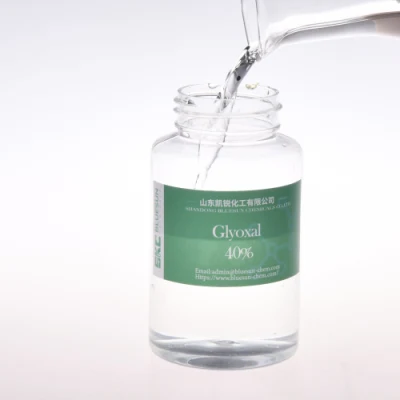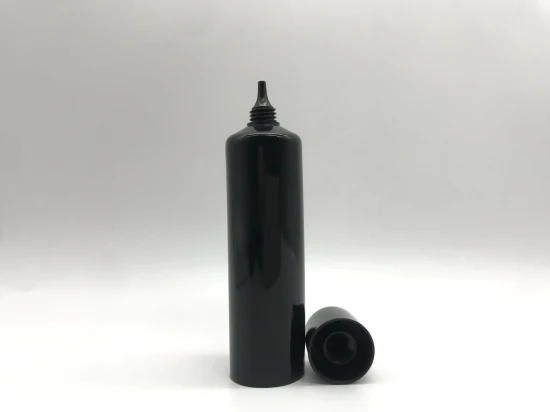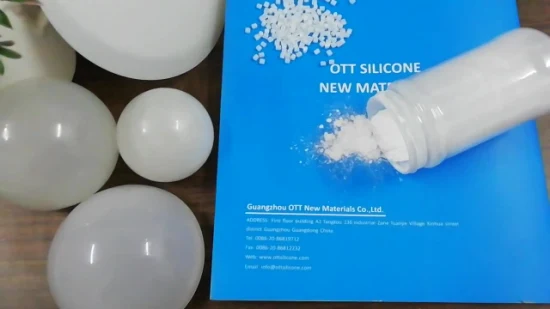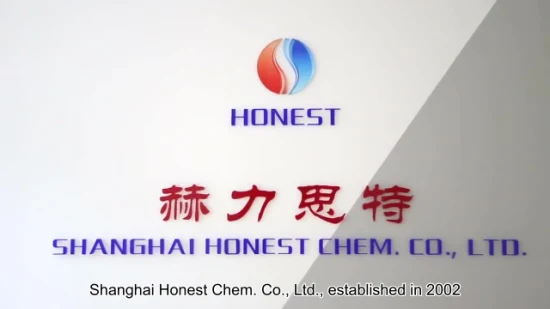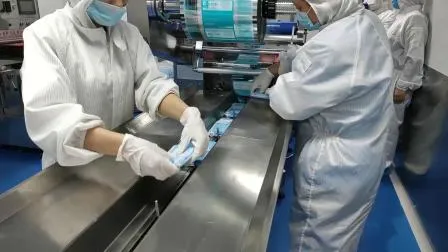Matière première d'agent de réticulation de pâte liquide de Glyoxal 40% de Gpam/agent de résistance à sec
Le glyoxal est largement utilisé dans l'industrie papetière, principalement pour les aspects suivants : 1. Liant de bou
Informations de base
| N ° CAS. | 107-22-2 |
| Formule | C2h4o2 |
| EINECS | / |
| Protection environnementale | Oui |
| Couleur | Clair |
| Apparence | Liquide |
| Type | Matière première de Gpam/agent de résistance à sec |
| Forfait transport | Durn |
| Origine | Shandong |
Description du produit

Présentation du produit |
Nom du produit | Glyoxal 40% |
Du contenu solide | ≥40% |
N ° CAS. | 107-22-2 |
Emballer | 25kgs/tambour, 200kgs/tambour, 1000kgs/tambour IBC |
Quantité minimum d'achat | 1000kg |
| données techniques |
| Propriétés | Liquide transparent incolore à odeur piquante |
| Solubilité | Le glyoxal est miscible avec l'eau, l'alcool, l'éther, le chlorure et d'autres solvants organiques |
| Densité | 1.06g/cm3(25°C) |
| Point de fusion | -123°C |
| point d'ébullition | 104°C |

Glyoxal is widely used in the paper industry, mainly for the following aspects: 1. Slurry binder in soap solution. In the papermaking process, cellulose fibers made of wood pulp or non-wood pulp are made into pulp, and then converted into paper or board by tape casting and other processes. In order to improve the adhesion between fibers in the slurry, binders such as glyoxal are often added to it. 2. Flame retardants. Glyoxal has a high fire point and flash point, and can be used to enhance the fire resistance of paper. It is often used in combination with other flame retardants such as ammonium phosphate. 3. Denaturants. It is used to change the physical and mechanical properties of paper such as strength, elasticity, and tearing properties. Through the chemical reaction with cellulose, glyoxal can change the molecular chain of cellulose to achieve the purpose of denaturation. 4. Water repellant. Used to make paper waterproof and resistant to water and liquid penetration. Glyoxal can make the pore size of cellulose smaller through the cross-linking reaction with cellulose, so as to achieve the effect of water repellency. 5. Additives. Used for sizing and surface sizing of paper, endowing paper with smoothness, printing performance, anti-blocking properties, etc. These goals are achieved through the interaction of glyoxal with other ingredients. In addition to the above, glyoxal can also be used as a fungicide, bleach stabilizer and adhesive in the paper industry. In a word, glyoxal can be widely used in various aspects of papermaking process by virtue of its various functional groups, which plays a key role in improving the performance of paper, and is an important and indispensable chemical raw material in papermaking industry.
